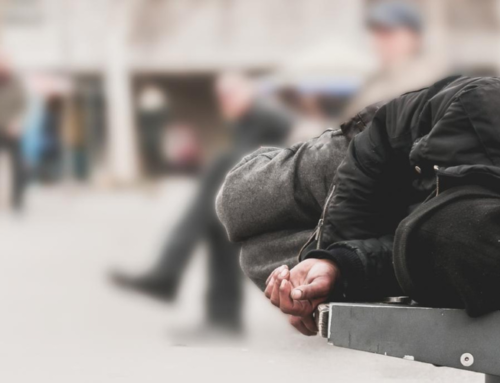The issue of homelessness across all sectors of society is complex and defies easy solutions. While there is no single definition of homelessness, the Australian Bureau of Statistics (ABS) defines homelessness in its own way.
‘… when a person does not have suitable accommodation alternatives, they are considered homeless if their current living arrangement:
- is in a dwelling that is inadequate;
- has no tenure, or if their initial tenure is short and not extendable; or
- does not allow them to have control of, and access to space for social relations
Unfortunately, returning veterans who become homeless due to mental health problems or economic hardship are also becoming more common in homeless populations. Many veterans find it difficult to transition into civilian life in general. Whilst serving, there is a camaraderie and a structure that provides connection and purpose. So, when that goes away, many struggle as they lose a significant element of community and routine from their lives. Transitioning into life after service is also an emotionally challenging time, as veterans face the practical challenges of re-entering civilian life. One of the perks of a life in service is that a significant number of civilian responsibilities are taken care of throughout your career. Taking on new responsibilities such as finding a job or paying the rent and the bills can be overwhelming for veterans, as they adjust to a new way of life.
Often veterans end up homeless because they find it hard to ask for help. They may come from a generation where there is stigma around asking for help or have been conditioned to take a ‘soldier on’ approach. This inability to reach out for support is a common factor in homelessness in general, but for veterans in particular, it can actually compound their trauma and make things even worse – especially with regard to their mental wellbeing.
According to research into homelessness amongst Australian veterans, it’s strongly suggested: “… that veterans are overrepresented in the Australian homeless population”. Conducted in 2019 by the Australian Housing and Urban Research Institute, the research found “… that 5.3 % of the recently transitioned ADF population were homeless in a 12-month period”, compared to that of the general population which is 1.9%. In real numbers, this translates to be around 5,767 homeless veterans over 12 months.
The research also showed a number of risk factors involved that led to someone becoming homeless. These include being unemployed, experiencing financial strain, dealing with a relationship breakdown; having mental health issues, having less contact with family and friends, and experiencing a greater number of lifetime traumatic events. Though a level of resilience is developed by many in service, the longer-term impacts of trauma can be challenging, impacting a person’s ability to interact, communicate and contribute to their family and community. Strong support networks are an essential factor in keeping veterans mentally and emotionally well, and in collaboration with friends and family, veterans should be encouraged to access support through their veteran support organisation, or health care professional.
In response to this escalating crisis, Carry On established Veteran Housing Australia (VHA), Australia’s first community housing provider for Veterans and their families. VHA has been receiving a record number of requests in recent times, from veterans and their families who require emergency housing. The support includes temporary crisis accommodation for those without a permanent fixed address, action to get vulnerable people off the streets, essential cards to cover their basic needs, and support to help them find more permanent housing solutions.
If you require some support, please reach us to us here







Leave A Comment